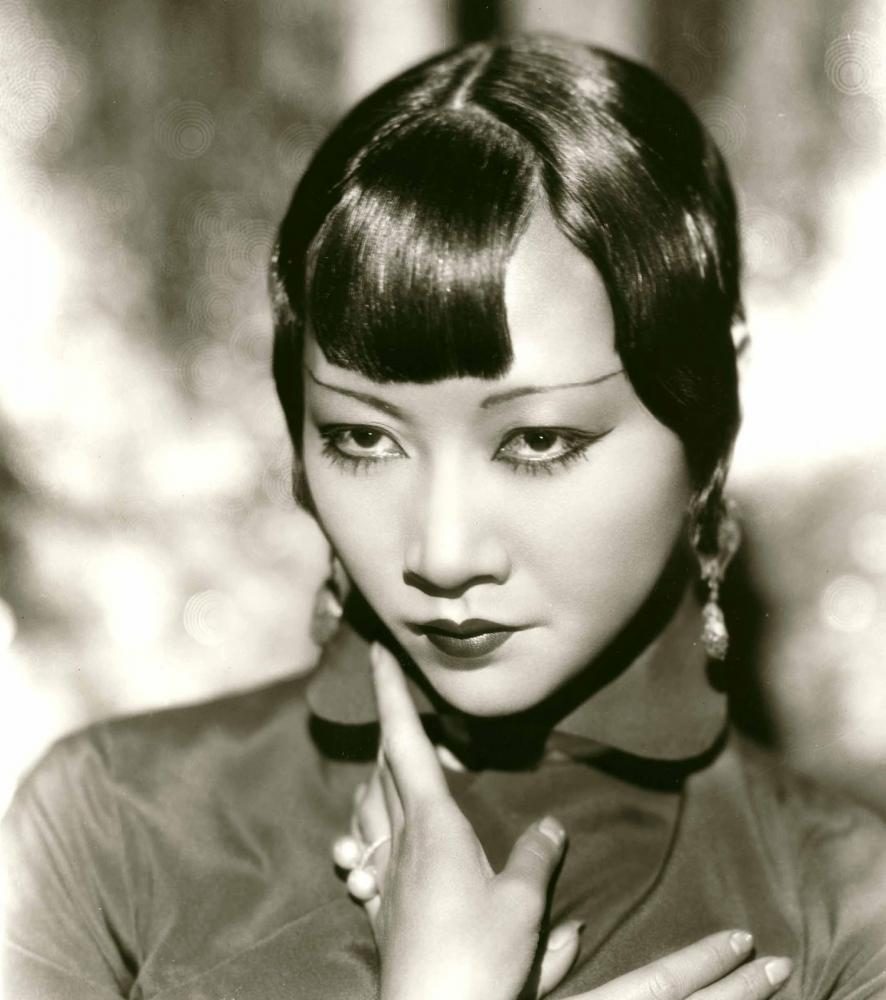A Blindingly White Industry
Hollywood has never been known for its accuracy in portraying of people of color. The Asian community in particular has had a long history of misrepresentation, and Asian characters have time and time again been played by white actors.
April 27, 2017
When Disney announced that its live action remake of “Mulan” would have an entirely Asian cast, it was a breath of fresh air from the film industry’s long history of casting white actors in roles originally written for people of color. The Asian community has been particularly subject to whitewashing, as this practice is called, and, overall, have been poorly represented in Hollywood.
While calls to stop the casting of white actors in Asian roles have grown in recent years, the practice is nothing new. Take
, for example, the 1937 film “The Good Earth,” based on the 1931 book of the same name, which tells the story of the struggles faced by a Chinese farmer and his wife. Despite being centered around Chinese characters, the cast is primarily white. German-born movie star Luise Rainer even won an Academy Award for her portrayal of O-Lan, the farmer’s wife.
Unfortunately, the practice continued. The film “Anna and the King of Siam” (1946) and the musical “The King and I” (1956), both based on the fictionalized 1944 novel “Anna and the King of Siam” about the real-life Anna Leonowens, cast white actors to play Siamese King Mongkut, although this was corrected in the 1999 version of “Anna and the King,” which featured Chow Yun-Fat. Almost as problematic as the casting was both film’s stereotypical and incorrect portrayal of Asians as savages in need of a white savior.
Perhaps one of the most offensive cases of whitewashing was the casting of Mickey Rooney as landlord Mr. Yunioshi in “Breakfast at Tiffany’s” (1961). The iconic Audrey Hepburn movie has been beloved for decades, but the cultural misappropriation in the film cannot be denied. Rooney’s character is mostly present for comic relief, and his thick imitation of a Japanese accent, buck teeth and taped eyelids is the epitome of racism.
Decades later, whitewashing is still a common practice. For example, Emma Stone was cast as Allison Ng in the 2015 rom-com “Aloha,” a character who is said to be a quarter Chinese and a quarter Hawaiian. Tilda Swinton played the Ancient One in last year’s “Doctor Strange,” a character who was Asian in the comic strips. And currently in theaters, the film adaptation of a Japanese manga, “Ghost in the Shell,” stars Scarlett Johansson as Major.
Some have made the argument that whitewashing is justified because of the lack of star power among Asian actors, but this has never been the case, especially today.
Even in 1937, when society was much more accepting of racism, competent Asians were available to play lead roles. Anna May Wong, who was the first Chinese American movie star, was suggested for the role of O-Lan in “The Good Earth,” but was not cast by the studio. She was, however, offered the smaller role of the farmer’s second wife, which she declined in protest of the fact that she was offered “the only unsympathetic role” in a cast full of white actors playing Chinese characters, according to a 1987 Los Angeles Times article.
There are a number of modern Asian actors and actresses who could have easily been cast in whitewashed roles. Lucy Liu, Geor
ge Takei and Sandra Oh have all made a name for themselves in the media, starring in films such as “Charlie’s Angels” and “Star Trek,” and TV shows such as “Grey’s Anatomy.” Actors more familiar to younger audiences include Ki-Hong Lee (the “Maze Runner” series), Jamie Chung (“Once Upon a Time”) and Steven Yeun (“The Walking Dead”).
If so many competent Asian actors exist, why is Hollywood denying them the leading roles that they rightfully deserve? Perhaps it is be
cause the industry feels that there is more of a market for white actors, and films starring white actors will do better at the box office. It is true that films featuring bigger stars tend to make more money, and even major Asian stars fail to match the popularity of the biggest white stars. But maybe this is because Hollywood has not given Asian actors the chance to become as big as white stars. For an Asian actor, it is a continuous cycle of not being casted over a more famous white actor, and therefore not having the opportunity to rise in the industry.
Looking back at the 2015 Oscars, many criticized the awards for only nominating white actors. Among the advocates for more diversity were the event’s host, Chris Rock. Yet, despite claiming to want more diversity, one segment of his routine made a joke perpetuating Asian stereotypes.
This incident shows the extreme double standard in the media, where it is a problem for black actors to be underrepresented, and yet Asians can be made fun of. Rock’s failure to understand that diversity is more than just black and white was demonstrated by the hypocrisy of his joke.
The whitewashing of Asian characters is still a major problem in the film industry, but growing opposition to the practice brings hope that Asian
actors will become more and more visible in mainstream media. Constance Wu, Daniel Dae Kim and Ming-Na Wen are among the many Asian actors to take to social media to criticize the practice of whitewashing. As more and more people, both actors and movie fans, voice their disapproval of whitewashing, hopefully the industry will be prompted t
o make a change.




